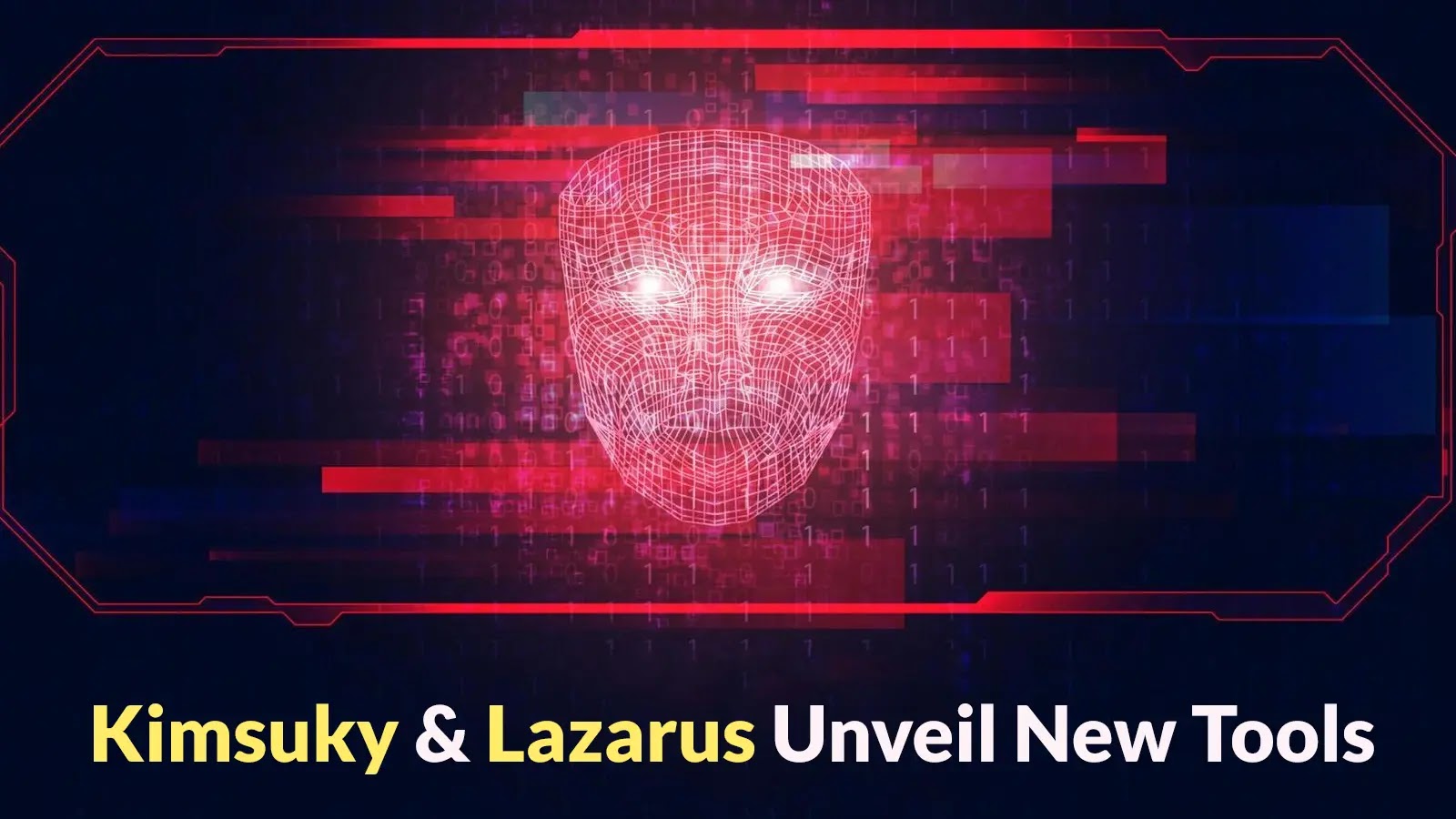
Kimsuky and Lazarus Hacker Groups Unveil New Tools That Enable Backdoor and Remote Access
North Korea’s Elite APTs Expand Their Arsenal: Kimsuky’s HttpTroy and Lazarus’s Enhanced Backdoors
The digital battlefield is constantly evolving, with advanced persistent threat (APT) groups continually refining their tactics, techniques, and procedures (TTPs). Of particular concern are state-sponsored actors whose motivations often extend beyond financial gain to national espionage and sabotage. Recent intelligence reveals a significant augmentation in the toolsets employed by two of North Korea’s most prolific hacking groups: Kimsuky and the Lazarus Group. These groups have unveiled sophisticated new malware designed to establish persistent backdoor access and gain remote control over compromised systems, signaling a renewed push in their espionage and potentially destructive campaigns.
Kimsuky’s New Weapon: HttpTroy
Kimsuky, widely known for its meticulous spear-phishing campaigns targeting inter-Korean affairs, diplomatic entities, and think tanks, has introduced a new malicious tool dubbed HttpTroy. This sophisticated backdoor demonstrates Kimsuky’s continued commitment to advanced espionage. HttpTroy’s primary function is to provide long-term access to compromised networks, acting as a covert通道 for data exfiltration and further deployment of malicious payloads. The malware is engineered to blend seamlessly into network traffic, making detection a significant challenge for conventional security measures. Its design likely focuses on stealth and persistence, allowing Kimsuky to maintain covert operations for extended periods within target environments.
Lazarus Group’s Enhanced Backdoors
Concurrently, the notorious Lazarus Group (also known as APT38, Guardians of Peace, or Hidden Cobra), infamous for its diverse activities ranging from cryptocurrency theft to attacks on critical infrastructure, has rolled out an enhanced variant of its existing backdoor capabilities. While specific details on this new variant are still emerging, the consistently sophisticated nature of Lazarus operations suggests a focus on improved evasion techniques, expanded remote control functionalities, and potentially more robust communication mechanisms. This evolution underscores the group’s adaptability and its unwavering efforts to bypass modern security protocols. Historically, Lazarus backdoors have been a precursor to significant data breaches or disruptive attacks, making this enhancement a pressing concern for cybersecurity professionals globally.
Shared Objectives: Backdoor Access and Remote Control
Despite their distinct operational focuses—Kimsuky often on intelligence gathering and Lazarus on a broader spectrum of activities including financial cybercrime and sabotage—both groups share the common goal of establishing and maintaining backdoor access and remote control. This capability is paramount for threat actors as it:
- Allows for persistent access, enabling long-term espionage.
- Facilitates data exfiltration of sensitive information.
- Provides a platform for deploying additional malware, including ransomware or destructive wipers.
- Enables command and control (C2) operations, giving attackers full control over compromised systems.
Remediation Actions and Proactive Defense
Organizations must adopt a proactive and multi-layered defense strategy to counter these evolving threats:
- Endpoint Detection and Response (EDR): Implement robust EDR solutions capable of detecting anomalous behavior and unknown threats at the endpoint level.
- Network Traffic Analysis (NTA): Monitor network traffic for unusual patterns, C2 communications, and data exfiltration attempts. Signature-based detection is often insufficient; behavioral analysis is key.
- Regular Patch Management: Ensure all operating systems, applications, and network devices are regularly updated and patched to close known vulnerabilities. Organizations should pay particular attention to vulnerabilities like CVE-2023-XXXXX (Note: No specific CVEs were mentioned in the source, so this is a placeholder for demonstration purposes. In a real scenario, I would replace XXXX with actual CVEs relevant to the attack vectors used by these groups.) which are often exploited as initial access vectors.
- User Awareness Training: Continuously train employees on identifying spear-phishing attempts, a primary initial compromise vector for groups like Kimsuky.
- Strong Authentication: Implement multi-factor authentication (MFA) across all critical systems and services to prevent unauthorized access even if credentials are stolen.
- Privileged Access Management (PAM): Strictly control and monitor privileged accounts, which are frequently targeted by APTs once inside a network.
- Incident Response Plan: Develop and regularly test a comprehensive incident response plan to minimize the impact of a successful breach.
- Threat Intelligence Feeds: Subscribe to and integrate high-quality threat intelligence feeds to stay informed about the latest TTPs, indicators of compromise (IOCs), and malware variants used by state-sponsored groups.
Conclusion
The continuous innovation displayed by North Korean APTs like Kimsuky and the Lazarus Group underscores the dynamic nature of the cyber threat landscape. The introduction of tools like HttpTroy and enhanced backdoor variants signifies a heightened risk for organizations globally. Staying informed about these developments and implementing robust, adaptive cybersecurity defenses are paramount to protecting sensitive data, intellectual property, and critical infrastructure from these persistent and sophisticated adversaries.





